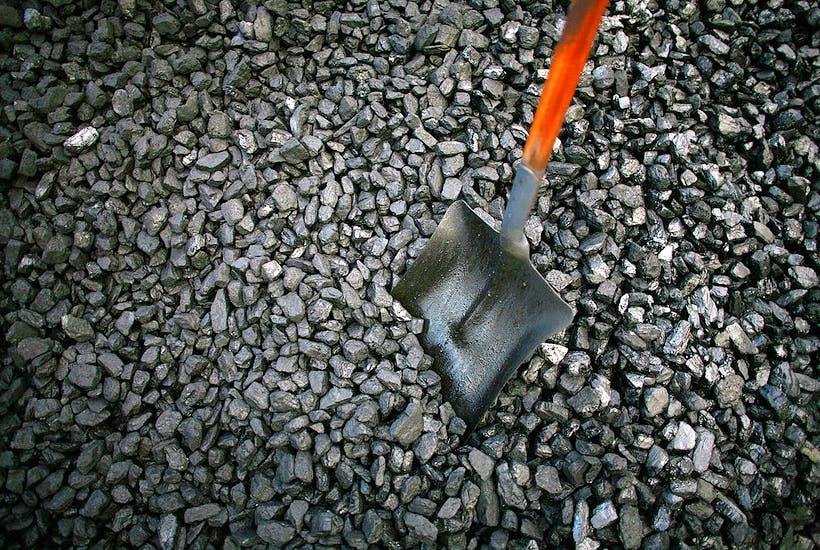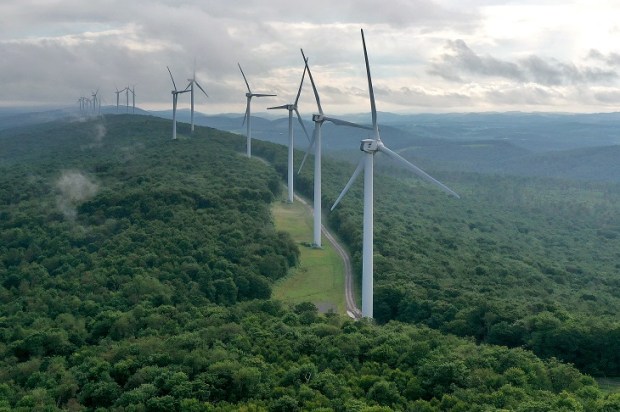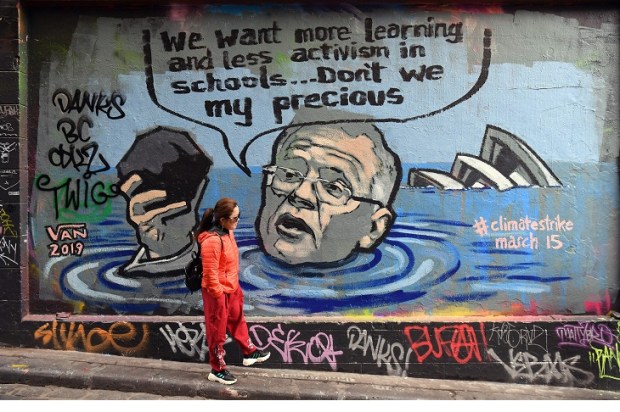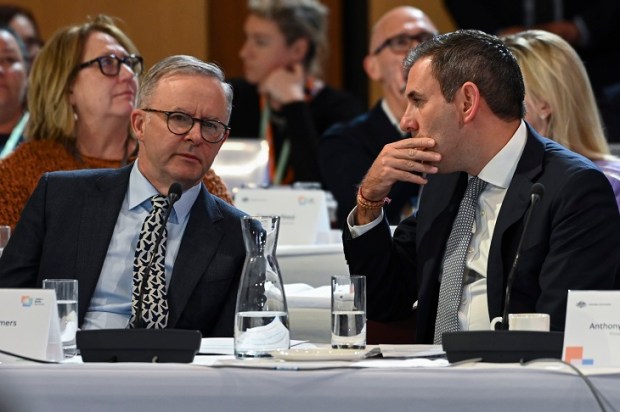Reminding us of what a difference a year makes was yesterday’s exhortation by UN Climate Action Team head Selwyn Hart, that Australia abandons coal by 2030. That means replacing electricity from coal which, in spite of facing incessant government penalties, provides two-thirds of the supply. It also means sacrificing a fifth of our exports.
A year ago, the 2015 Paris climate treaty appeared to be dying. With President Trump coasting to re-election, China simply mouthing support and India using the treaty as a fulcrum to extract rents from the west, only the EU was taking it seriously. And in doing so the EU was completing its decades-long transfer from industrial powerhouse to an interesting place to visit that had outsourced its carbon-emitting industries to China.
Now, with Trump gone and Biden firmly dependent upon the climate-fey for his base support, there is a new US-UK-EU axis of wokeness responding to calls for industrial disarmament domestically and seeking to impose the same regime globally.
As an international civil servant, Selwyn Hart is a veteran in global climate politics. His urging Australia to close down its coal industry within a decade is an ambit claim with the seal of approval from his major patrons, the US and EU and his immediate boss, UN Secretary General António Guterres. Guterres proclaims, “Our greatest challenge – which is at the same time our greatest opportunity – is to use (the COVID) crisis to turn the tide, pivot towards a world that learns lessons, promotes a just, green and sustainable recovery”.
It takes some hide to blow into a foreign country and call upon the closure of its most efficient industry – it would be equivalent to calling upon Switzerland to close down its instruments, watches and jewellery industry or asking France to close down its machinery and vehicle industries.
The fact that Hart feels confident enough to do so is his knowledge that a Fifth Column in Australia is agitating for the same closure of the domestic hydrocarbon industries. Politically the Fifth Column includes the Greens and has sympathisers within the major political parties. It is dominant within the media and educational establishment and, with federal court judge Mordy Bromberg and Chief Justice Preston of the NSW Land and Environment Court, has infiltrated the judiciary.
Ministers, at least at the state government level, share the hydrocarbon-phobia of the “elites”. State governments have their own subsidies for renewables, including purchasing preferences, new transmission lines and cost impositions on coal.
All this Commonwealth and state government intervention has created a parody of a market for electricity, the policy around which is dominated by injecting and controlling an increased supply of intermittently available wind and solar. The market managers see scope for the electricity supply system to continue operating reliably in the coming years, even though the anticipated share of wind and solar means pioneering engineering and massive expansion in controls. But the foreshadowed coal closures after 2027 will require yet to be invented control systems.
Eventually, the frailties of renewable energy’s high cost and intermittency causes reality to come crashing down.
This is already apparent with the Energy Security Board seeking a rule change that will ensure additional payments for coal generators to prevent them being forced to close. Energy Minister Angus Taylor is endorsing that approach and although there is pushback from Victoria and NSW, Victoria already has a selective version of it involving subsidising the Yallourn coal station to stay online, while NSW Energy Minister Matt Kean recently foreshadowed a similar scheme. Nobody bats an eyelid at the policy of new subsidies to offset the effects of existing subsidies!
In spite of the costs to Australia exiting from producing coal, pressures like those of Mr Hart will intensify in the run-up to the Glasgow global climate conference in November. And Australia will find itself with few friends — nations with similar interests are politically estranged (China), fending off their own challenges (India, Indonesia) or, like Russia, are trade rivals.
For its own part, the government will be parading Australia’s own credentials in mitigating emissions, which involve wasteful spending and impedances to coal development. Its focus will be on the penetration of renewable energy into the electricity supply system and Australia’s lower level of aggregate emissions.
Internationally, the government is unlikely to use the argument that Australia is, (by virtue of its size,) a net carbon sink. Nor will it draw attention to the aggregate national spending to suppress electricity emissions, which amounts to $7 billion a year in subsidies for renewables and a $17 billion program to facilitate their grid connection.
That level of spending would be amongst the most profligate in the world and on top of it are environmental measures taken to inhibit land clearing and mining generally.
Although commissioning multitudinous reports and issuing a constant stream of gaudy documents, the Commonwealth has never thought it worthwhile totting up (or, at least, publishing) all the costs such policies entail. Presumably, the government considers any benefits of such material in international negotiations are dwarfed by the costs of exposing its maladministration to the electorate.
Over coming months, there will be many additional pressures on Australia like those of Selwyn Hart’s. Though the developing countries will prevent any formal new global agreement, it is difficult so see Australian politicians having the ability or even the will to wind back the measures that have punished coal supply and thereby reduced the competitiveness of Australian industries.
Alan Moran wrote the chapter “Current trends and perspectives in Australia” in Local Energy Markets edited by Tiago Pinto et al and recently published by Elsevier.
Got something to add? Join the discussion and comment below.
Get 10 issues for just $10
Subscribe to The Spectator Australia today for the next 10 magazine issues, plus full online access, for just $10.


























Comments
Don't miss out
Join the conversation with other Spectator Australia readers. Subscribe to leave a comment.
SUBSCRIBEAlready a subscriber? Log in